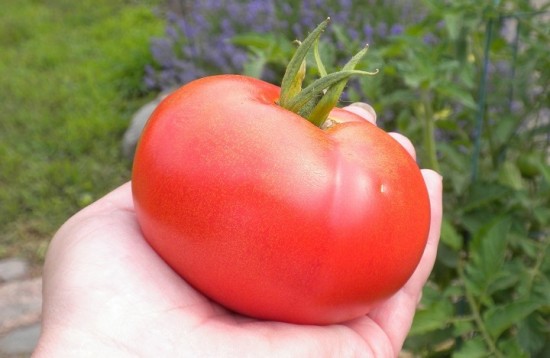August usually brings a bumper crop of produce from the garden. The tomatoes, summer squashes, cucumbers, peppers and the second planting of beans are ready for picking—with apples, plums, and pears not far behind. It can be daunting to plan meals to use up vegetables or fruits as fast as they ripen. Why not freeze them?
Putting food by is not just a luxury for garden grown flavor in winter. Much like during the eras of economic depression, it is a necessity during times of hardship.
I can remember living with my grandmother and the insanity in August of canning copious amounts of vegetables purchased from the Eastern Market in Detroit or from local farmers just outside the city. The hot sudsy water for washing jars combined with numerous pans cooking on the stoves and boiling pots of hot water baths would heat the kitchen to the point that stepping outdoors in the mid-August sun felt like a cooling breeze!
That tradition died easily with the purchase of my first freezer. Whether you have an upright, chest, or just the cubicle attached to the fridge, freezing produce is quick and easy.
Basic supplies are plastic zipper freezer bags, masking tape and permanent marker, one pot for blanching, and a sink filled with ice water. Before you fill the bags, use the masking tape make a label with the name of the produce and the use by date, not the date you processed. The reasoning here is that different foods last different lengths of time in a freezer. A book on freezing will tell you how to prep vegetables, herbs and fruits and how long they will keep.
Start by harvesting or purchasing produce in the morning when they are still turgid (filled with water). Wash and keep fruits and vegetables cool until you are ready to process them. Process herbs and leafy greens immediately after picking.
Most vegetables will need to be blanched in boiling water to kill enzymes that over time can develop off flavors in the produce or discolor them.
Many people blanch tomatoes, making it easier to remove the skins. I prefer not to; instead, I wash them, removing the core and any blemishes and pop them whole into a freezer bag. I like the added flavor and nutrients the skin imparts and once thawed the skin still slips away from the meat. If you do not like the stronger flavor, remove the skins before freezing.
Once the blanched vegetables are cool and dry, spread them on a baking sheet in a single layer and freeze until solid. Then add them into pre-labeled freezer bags. Freeze sliced fruits, berries and herbs the same way. This works well for portioning small single serving out of larger bags. The other method is to portion the cool, dry produce into family-sized servings and freezing them in bulk instead of on a tray.
Make a list of what you’ve placed in the freezer and stick it on the outside of the freezer. Planning meals will be easier when you know what’s available.
And remember to share a bit of your bounty with local shelters and soup kitchens!
Copyright 2015 Margaret Rose Realy, Obl OSB.
Image by Margaret Rose Realy, Obl OSB. All rights reserved.
About the Author

Margaret Rose Realy, Obl. OSB
Margaret Rose Realy, Obl. OSB lives an eremitic life and authored A Garden Catechism, A Catholic Gardener’s Spiritual Almanac, A Garden of Visible Prayer: Creating a Personal Sacred Space One Step at a Time, and Cultivating God’s Garden through Lent. An award-winning author, Margaret has a master’s degree in communications, is a Certified Greenhouse Grower, Master Gardener, liturgical garden consultant, and workshop/retreat leader.



.png?width=1806&height=731&name=CatholicMom_hcfm_logo1_pos_871c_2728c%20(002).png)
Comments